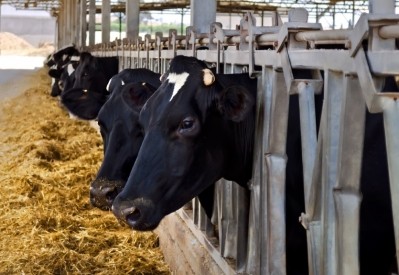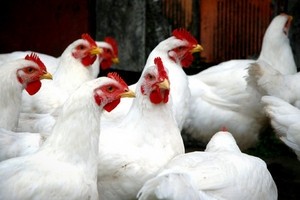Tainted feed probe continues in Holland

No traces of the prohibited substance, furazolidone, had been found in the animals. It was feared that 50,000 pigs would have to be culled due to the tainted feed.
However, around 2,400 calves on four other livestock farms are being destroyed after it was discovered they were given feed containing the illegal drug.
A feed manufacturer near Utrecht remains under investigation as part of the Dutch public prosecutor’s office inquiry into the incident.
Operations at the company have been suspended.
The nVWA told us previously that the use of illegal antibiotics in feed in the Netherlands is not common. “This case is highly unusual for the Dutch livestock sector. The use of banned substances in feed is extremely rare."
The use of furazolidone in food-producing animals has been prohibited in Europe since 1995 due to concerns about side effects and an increased risk of cancer.
Antibiotic residues in Indian poultry meat
Meanwhile our sister site FoodNavigatorAsia reported on a study from a New Delhi-based research and advocacy think tank which says the growing use of antibiotics in the poultry industry could be behind the increasing number of Indians developing resistance to those drugs.
And the researchers at the Centre for Science and Environment (CSE) also claim Indian poultry farmers are continuing to use antibiotics for inducing speedier growth of broilers despite there being an official ban on such feeding practices.
The think tank tested 70 tissue samples from chicken in New Delhi and in another region.
They found that 40% of the meat analysed was tainted with residues from antibiotics widely used in poultry: two types of tetracyclines, two types of fluoroquinolones, and an aminoglycoside.
Chandra Bhushan, CSE’s deputy director general, said the “government has no data on the use of antibiotics in the country, let alone on the prevalence of antibiotic resistance. Our study proves their rampant use and also shows that this can be strongly linked to growing antibiotic resistance in humans in India.”
He said treating fatal diseases like sepsis, pneumonia and tuberculosis with fluoroquinolones is becoming tough because microbes that cause these diseases are increasingly becoming resistant to those types of antibiotics, notably ciprofloxacin.
“Our study is only the tip of the iceberg. There are many more antibiotics that are rampantly used that the lab has not tested,” said Bhushan.
The authors point out that as India’s poultry industry is growing at a rate of 10% per annum, poultry now accounts for more than 50% of all the meat consumed in India.
“India will have to adopt a comprehensive approach to tackle this problem and, as a priority, put systems in place to reduce the use of antibiotics in poultry and other food animals,” he added.









